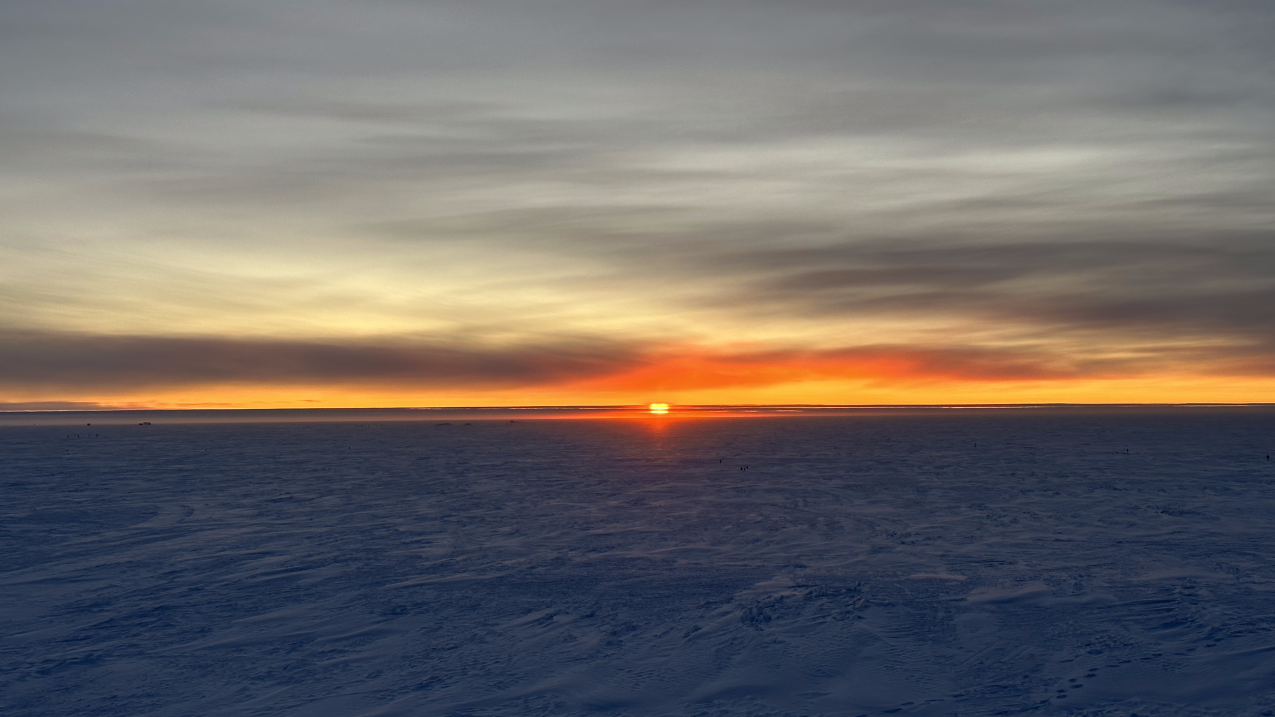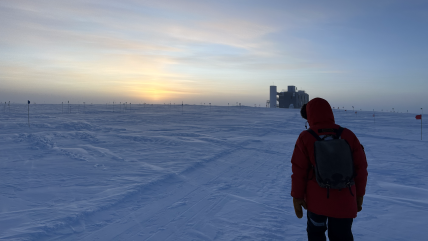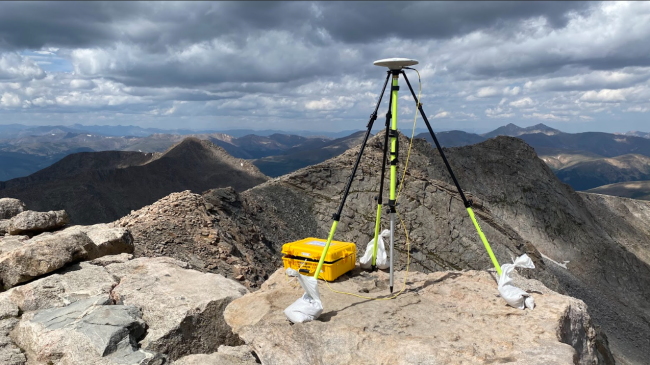
This March 20, 2024 sunset at the South Pole signaled the return of fall in the Southern Hemisphere, and six months of darkness for NOAA staff at the South Pole Observatory. (Image credit: Krystian Kopka/NOAA)
On March 20 the Northern Hemisphere had its first full day of spring. But for researchers and staff at NOAA’s South Pole Observatory, March 20 brought austral autumn, and along with it the last appearance of the sun at the South Pole for six months. South Pole station staff experience just one sunrise and one sunset per year — so they won’t see the sun rise until after six months of darkness.
Krystian Kopka, station technician at NOAA’s Global Monitoring Laboratory (GML), described a scene reminiscent of a painting while watching the sun fade into the horizon:
“Sunset at the South Pole is magical because it feels like the sun is setting in slow motion with the purple, orange and red shades blending with the white landscape and blue sky,” Kopka said.

NOAA’s South Pole Observatory (where Kopka will spend winter 2024) is located at the geographic South Pole on the Antarctic plateau at an elevation of 2,837 meters above sea level. The observatory is part of the National Science Foundation’s Amundsen-Scott South Pole Station — the coldest, most remote research facility on the planet.
GML observatory staff members spend one-year tours of duty at the station. Why? In winter it gets so cold and dark that aircraft systems don’t work. For nine months — six of which are in darkness — no flights go in or out of the research station.
“I’ve been here at the Pole since November 2023 with the sun circling overhead the entire summer,” said Kopka. “It seemed like sunset and the oncoming darkness were so far ahead on our calendars. But the day finally came.”
Want to see for yourself what it's like at the South Pole right now? Check out this live webcam.


